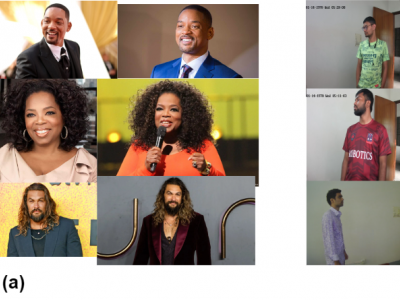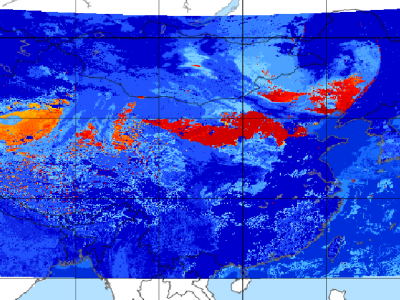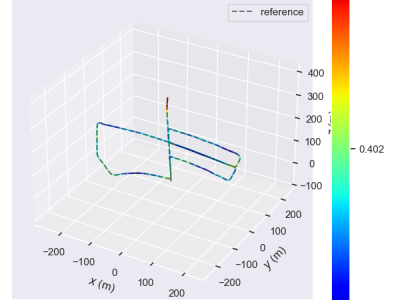Computer Vision
FaceEngine is a face recognition database for using in CCTV based video surveillance systems. This dataset contains high-resolution face images of around 500 celebrities. It also contains images captured by the CCTV camera. Against each person folder, there are more than 10 images for that person. Face features can be extracted from this database. Also, there are test videos in the dataset that can be used to test the system. Each unique ID contains high resolution images that might help CCTV surveillance system test or training face detection model.
- Categories:
 903 Views
903 ViewsLow-light images and video footage often exhibit issues due to the interplay of various parameters such as aperture, shutter speed, and ISO settings. These interactions can lead to distortions, especially in extreme lighting conditions. This distortion is primarily caused by the inverse relationship between decreasing light intensity and increasing photon noise, which gets amplified with higher sensor gain. Additionally, secondary characteristics like white balance and color effects can also be adversely affected and may require post-processing correction.
- Categories:
 2331 Views
2331 ViewsSince meteorological satellites can observe the Earth’s atmosphere from a spatial perspective at a large scale, in this paper, a dust storm database is constructed using multi-channel and dust label data from the Fengyun-4A (FY-4A) geosynchronous orbiting satellite, namely, the Large-Scale Dust Storm database based on Satellite Images and Meteorological Reanalysis data (LSDSSIMR), with a temporal resolution of 15 minutes and a spatial resolution of 4 km from March to May of each year during 2020–2022.
- Categories:
 784 Views
784 ViewsThe Numerical Latin Letters (DNLL) dataset consists of Latin numeric letters organized into 26 distinct letter classes, corresponding to the Latin alphabet. Each class within this dataset encompasses multiple letter forms, resulting in a diverse and extensive collection. These letters vary in color, size, writing style, thickness, background, orientation, luminosity, and other attributes, making the dataset highly comprehensive and rich.
- Categories:
 505 Views
505 ViewsOur video action dataset is generated using a 3D simulation program developed in Unity. Each data sample consists of a video capturing a human performing various actions. Our initial set of actions comprises a total of 10 different yoga poses: camel, chair, child's pose, lord of the dance, lotus, thunderbolt, triangle, upward dog, warrior II, and warrior III. Within each of these 10 yoga poses, there are four variations, some exhibiting more pronounced differences than others. This results in a total of 40 action types within our dataset.
- Categories:
 116 Views
116 ViewsThis dataset features a wide range of synthetic American Sign Language (ASL) digits, spanning numbers 0 through 9. These ASL sign representations were meticulously crafted using Unity software, resulting in dynamic 3-D scenes set against diverse backgrounds. To enhance the dataset's comprehensiveness, it includes contributions from three distinct subjects, adding a rich variety of ASL digit gestures. This diversity makes it a valuable resource for researchers interested in ASL digit recognition and gesture analysis.
- Categories:
 411 Views
411 ViewsQuantifying performance of methods for tracking and mapping tissue in endoscopic environments is essential for enabling image guidance and automation of medical interventions and surgery. Datasets developed so far either use rigid environments, visible markers, or require annotators to label salient points in videos after collection. These are respectively: not general, visible to algorithms, or costly and error-prone. We introduce a novel labeling methodology along with a dataset that uses said methodology, Surgical Tattoos in Infrared (STIR).
- Categories:
 2195 Views
2195 Views
This is a PART of the dataset used in our paper titled "Detecting Anomalous Robot Motion in Collaborative Robotic Manufacturing Systems".
- Categories:
 43 Views
43 Views
This is a PART of the dataset used in our paper titled "Detecting Anomalous Robot Motion in Collaborative Robotic Manufacturing Systems".
- Categories:
 45 Views
45 Views






